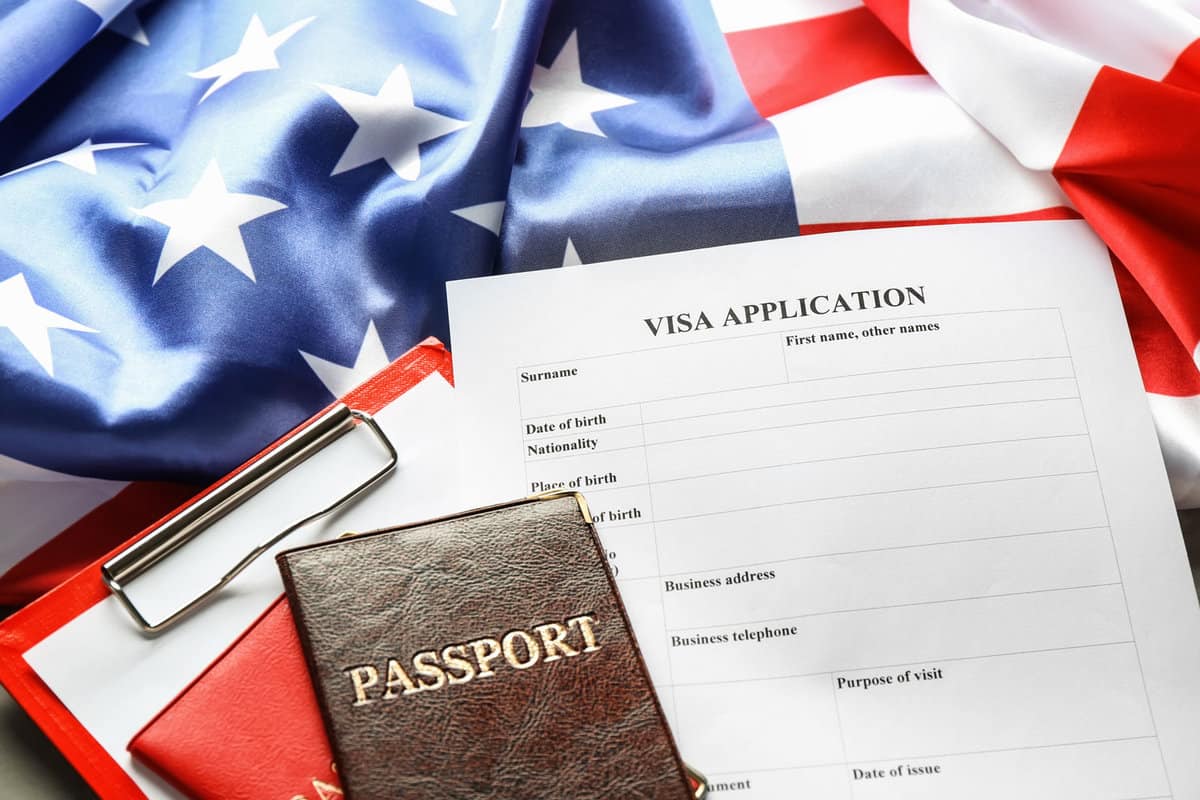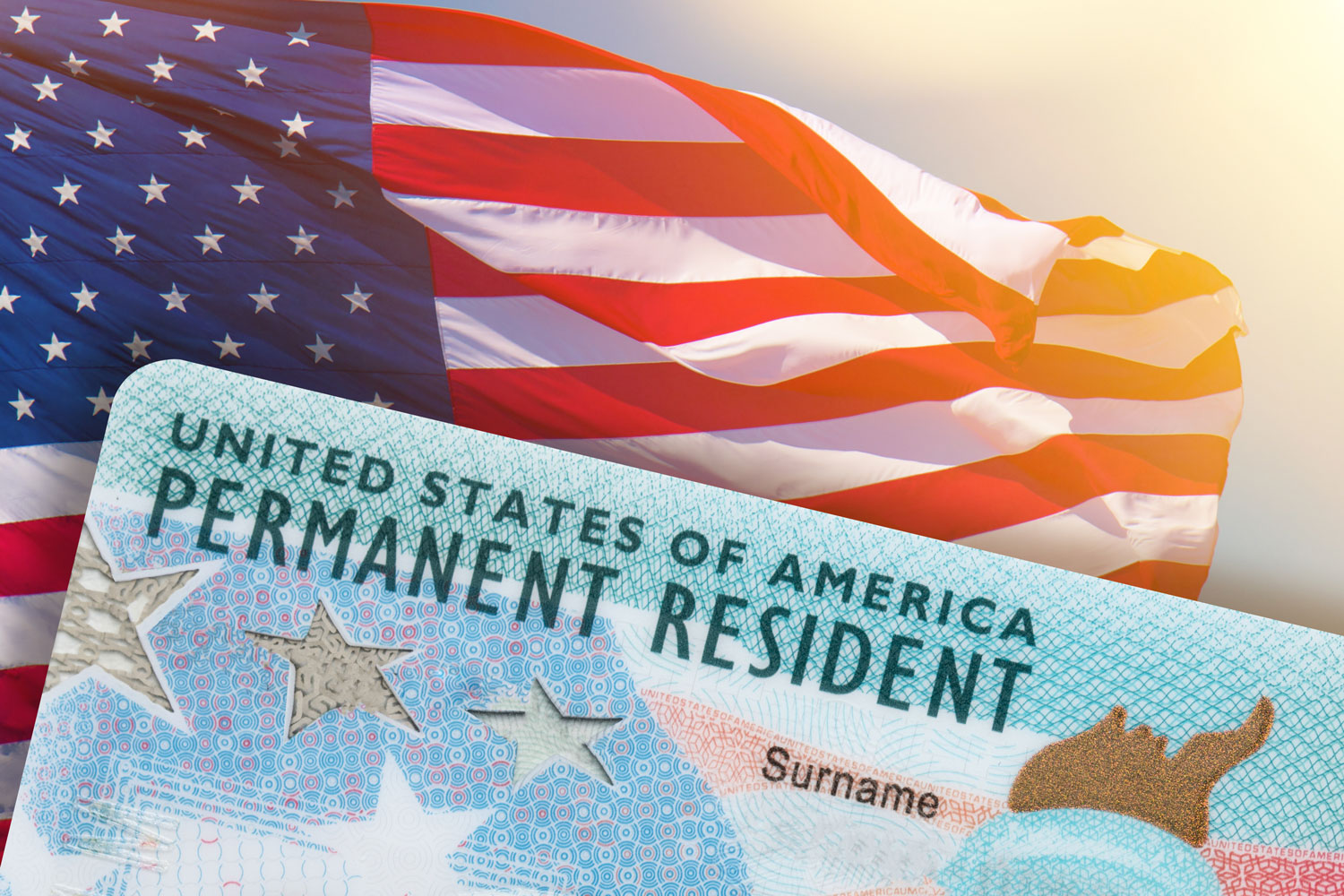Finding new work can be stressful and full of paperwork. Suppose you recently submitted an I-140 through your future employer and got approved but now want to travel. What is the proper protocol for traveling out of your new work-permitted country? Can you do this?
Luckily, we've done plenty of digging and have the answer below!
Once your I-140 work visa is approved, this is when you're able to travel in and out of the said country. For example, in the United States, approved applicants can travel back home for short periods, take vacations, etc.
However, you do not want to leave the country you're applying to for the I-140 documentation until everything is approved and you receive your visa.
This process can take an extended time before approval, so try and plan for several months of no traveling.
As we start this article, we will cover all things I-140 visas and discuss how to travel once you get one. Whether you're moving to the US for work, have questions about this document, or need other tips and tricks, we're here to help. With that said, let's dive right in!
What Is An I-140? How Does This Process Work?

An I-140 form is what employers use when petitioning the government to give a person work-related citizenship. This process is similar to getting a work visa when hiring talent from offshore locations.
Many brands and large companies will source employees from other countries outside the US, especially if those people have outstanding qualifications.
Therefore, if you're currently in this process, your employer has very high opinions of you.
You may also know this document as an "Immigrant Petition for Alien Worker." This form is submitted to the United States Citizenship and Immigration Service (USCIS) by a prospective employer/company on your behalf.
This is why traveling before or during this process can get tricky. You want the government to see your commitment to working in the United States, so we recommend you remain here/where you currently apply from.
How Long After I-140 Approval Can I Travel?
Once approved for the I-140 work visa, you can travel back and forth to your home country or for vacation. However, you don't want to do this too soon.
Since the US government requires applicants not to engage in international travel after an I-140 is filed, that means your vacation may need to wait.
Even after approval, you might need to submit other documentation and find a place to live here in the United States. According to law professionals, you need to have an established residence abroad that you have no intention of abandoning.
So, the last thing you want to do is book a vacation while applying for this program abroad. The US treats this more as a non-immigrant work application, meaning you intend to come to stay here.
Unlike a student visa or a temporary authorization into the United States, this document treats you as a permanent working citizen.
So, keep traveling to a minimum after being approved for a few months to ensure all of your ducks are in line. If you were to leave the US during this process, you could have your visa canceled.
How Long Does It Take An I-140 To Be Approved?
![Flight over New York City, Can I Travel After I-140 Approval [Inc. Out Of US]?](https://tripmemos.com/wp-content/uploads/2023/01/Green-Card-US-Permanent-resident-card-USA.-Electronic-Diversity-Visa-Lottery-DV-2022-DV-Lottery-Results.-United-Sta.png)
You can generally expect the USCIS processing time for an I-140 Petition to take 4-6 months. However, this greatly depends on the time you apply and how many others are in the same situation.
It's also worth mentioning that you can pay for "premium processing," which essentially puts you at the top of the list. You can expect the USCIS to go through and approve or deny your visa within 15 calendar days.
That may be a better option for anyone who wants to travel. Waiting 4-6 months to leave home can be challenging for many of us, so the additional fee may be worth considering.
On top of that, if any legal troubles stall your I-140 application, this will add to the approval timeline.
So, if anything, also try to avoid trouble at home and here in the US during and after your approval. Employers can cancel this document, meaning you won't be able to come live here.
In case you're curious, here are three main phases of this visa:
- PERM Labor Certification (labor and wage certification)
- I-140 Application for Immigrant Visa and proof of your ability to pay
- I-485 Adjustment of Status (once you get here and claim residence)
Is I-140 The Same As A Green Card?

Yes, the I-140 employment visa is a type of green card. This version, however, depends on your employer filing on your behalf or, at the very least, a sponsorship.
Unlike getting a spousal visa or a temporary travel one, the I-140 is permanent once you're working. Another slight difference is that the I-140 process is the application for your US status, which is sent to USCIS.
Employment-based green cards are physical cards you show when working here for someone. Think of the I-140 as a step in the overall green card process rather than an actual card.
This entire process will be filled with various documents, approvals, and waiting: so sit back and be patient. As long as you have your employer do the leg work here in the United States, this should be a fairly seamless endeavor.
It's also worth noting that you need to have your I-140 approved for an EB green card. So these all tie into each other.
Do I Become A Permanent US Resident Once My I-140 Visa Is Approved?
Yes! Once your I-140 visa application goes through, you will be given a permanent residence status. However, this is only semi-permanent, as you'll need continued approval of the I-140 to remain in the US.
So, for example, if you keep your job, pay your taxes, and don't end up in jail or conflict with United States national security, you should be able to stay here indefinitely.
According to the USCIS, you must also obtain a new job offer (if switching employers) under INA 204(j) or have a new Form I-140 petition filed on their behalf to remain here.
That means you are not stuck at the same job forever. With this visa, you can move up the ladder, relocate within the United States, and live like an ordinary citizen.
After your successful USCIS interview, you will get an immigrant visa stamp in your passport, enter the US, then USCIS will print and send your “green card.”
Again, the entire process may take upwards of six months, so try and keep any travel off until you are here in the US. Leaving will impact your process and could have your application denied.
Can I Travel To The US While My I-140 Is Pending?

If you apply for the I-140 employment visa abroad, we don't recommend coming here during that time. Unless you have a scheduled interview here in the United States, there's no reason to make the trip.
In addition, you likely won't get your immigrant visa stamp before approval, so you wouldn't be able to come to stay here beforehand anyways.
It's generally better to stay put while your immigration papers process. Of course, you can travel within your home country during the 4-6 month application period: so no worries.
On top of that, if you are reapplying for this documentation or have a new employer, you need to remain in the US. This is a two-way street.
So, if you're applying from outside the country: stay there. If you're applying from inside the US: stay here. This will ensure everything goes smoothly, and you don't risk having to start over or be denied.
The USCIS is known for heavy vetting, so the less unusual activity on your end, the faster you can start your new job and life!
What Happens If My I-140 Is Denied?

Suppose your I-140 is not approved. According to law experts, the USCIS is not required to approve these applications and often does not permit permanent residence for potential non-US employees.
If or when this happens to you, you can repeal the decision. USCIS will enclose information about the appeal process with the denial notification. So, even if you don't get your visa the first time around, there is a possibility you will receive it after your repeal.
On top of that, you'll need to send your appeal to the Administrative Appeals Office (AAO).
This can lengthen the time it takes to get citizenship, so again, refrain from traveling. If you decide to vacation during an appeal, the chances of the US accepting your request are even slimmer.
It's best to lay low and follow the exact instructions that come with your denial letter. You also want to make sure and submit your formal appeal within 30 days of being rejected.
If you fail to meet this deadline, you may never be able to reside in the US and work here. Again, that is more of a worst-case scenario, but it is good to know.
To Wrap It All Up
Whether you recently filed for an I-140 work visa or want to do this, it's always good to follow the guidelines. We found that you do not want to travel during your application process.
However, once approved, you can go back home, on vacation, and leave the US. You want to make sure your green card is sent to you before doing this.
Once your I-140 application goes through, you'll get an immigrant stamp on your passport, come here, and then be sent your official green card and documentation. Good luck!
And while we have your attention, check out these other related articles:
Domestic Vs. International Flight: What’s The Difference? [Inc. Tips And Advice]
2 Weeks In The United States [5 Sample Itineraries]
Redress Number Vs. Known Traveler Number: What’s The Difference?
